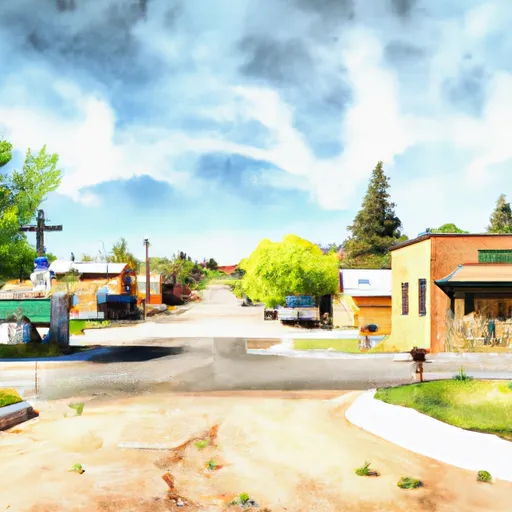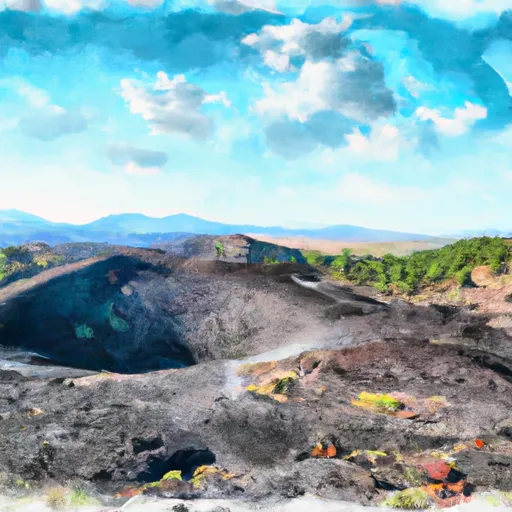°F
°F
mph
Windspeed
%
Humidity











Acequia is a small town located in southern Idaho, known for its diverse outdoor recreation opportunities. The town experiences a semi-arid climate with hot summers and cold winters. The hydrology constituents of the region include the Snake River, which provides irrigation for agriculture in the area. Additionally, the town is surrounded by several lakes and reservoirs that offer excellent fishing and boating opportunities. Outdoor enthusiasts can also explore the nearby Sawtooth National Forest, which offers hiking, mountain biking, and camping opportunities. The area is also home to several hot springs, providing a relaxing way to unwind after a day of outdoor activities. Overall, Acequia provides a perfect destination for nature lovers seeking an escape from the hustle and bustle of city life.
Weather Forecast
Acequia receives approximately 249mm of rain per year, with humidity levels near 68% and air temperatures averaging around 9°C. Acequia has a plant hardyness factor of 6, meaning plants and agriculture in this region thrive during a short period during spring and early summer. Most plants will die off during the colder winter months.
Regional Streamflow Levels
4
Cubic Feet Per Second
1
Cubic Feet Per Second
9
Cubic Feet Per Second
26
Cubic Feet Per Second
Nearby Camping
| Camping Area | Reservations | Toilets | Showers |
|---|---|---|---|
| Thompson Flat | |||
| Bennett Springs | |||
| Lake Cleveland | |||
| Lake Walcott State Park | |||
| Independence Lakes Basin | |||
| Heyburn Riverside RV Park |



